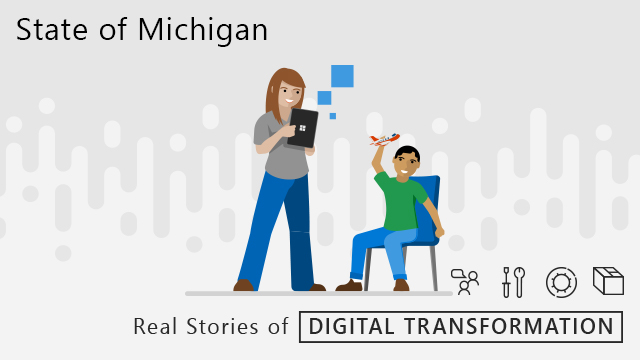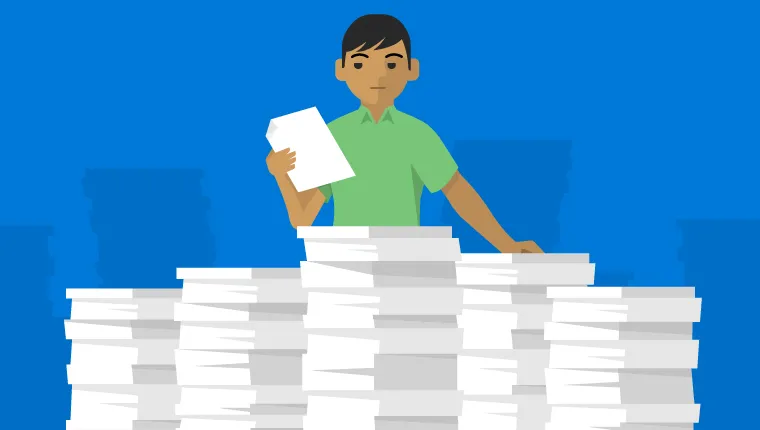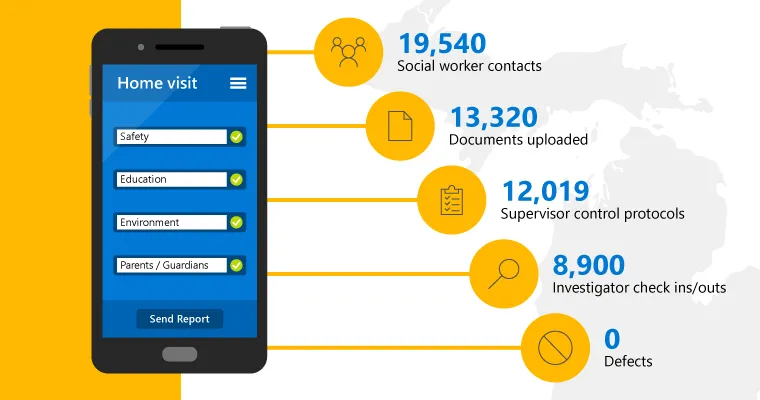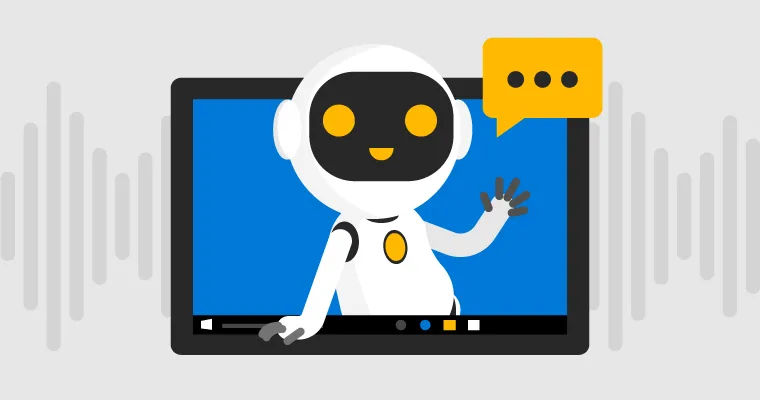
How the State of Michigan is streamlining its child welfare system
Child welfare caseworkers have to deal with mountains of paperwork. They spend hours scanning, uploading, and tagging documents, not to mention the handwritten notes taken in the field. A recent audit identified the major deficiencies and highlighted some of the needs within the State of Michigan’s Department of Health and Human Services (HHS), which led the governor to create a task force to address these issues.
Ward Beauchamp, General Manager of HHS and special task force member, supervises technical teams within HHS to ensure they are creating a better Michigan and delivering excellence to improve the lives of citizens in need across the state. HHS oversees five sectors: the eligibility of food assistance; Medicaid and a state program called Healthy Michigan; child welfare; population health; and behavioral health.

Mountains of paperwork and not enough time
The deficiencies identified were: child welfare investigators weren’t able to commence investigations within 24 hours, they didn’t have a direct process for reporting work back to supervisors, and supervisors couldn’t track employees in the field. The task force’s end goal was to make everyone’s job easier while also delivering the right technology for their needs. It was clear that something had to be done to better streamline the tasks a caseworker completed during a child welfare investigation.
Antiquated processes were keeping caseworkers from being efficient—any notes or documentation from the field had to be taken back to the county office, scanned, uploaded into the system, and then tagged for supervisors.
“One of our success factors was that we were using tools that we already had. We already had a Microsoft enterprise agreement, so we didn’t have to go out and search for new ones,” says Beauchamp. “It was important for us to develop an existing architecture and leverage solutions against the problems we were having.”
HHS’s digital transformation began with a mobile app and Power BI dashboard, both of which allowed caseworkers and supervisors to track every step of a child welfare investigation. Caseworkers can now initiate an investigation, check-in and check-out during a home visit, take notes, and upload and tag documents, all by utilizing something they use daily: their mobile devices. The mobile app and dashboard send reports directly to supervisors and allows them to track the life cycle of child welfare cases. Caseworkers can easily call 911 (if necessary) and set a timer during home visits, increasing safety in the field.
Since caseworkers were comfortable using their own devices, there was no need for extensive training. The new mobile app and Power BI were initially piloted across five counties in Michigan, with 19,540 social worker contacts, 13,320 documents uploaded, 12,019 supervisor control protocols, 8,900 investigator check ins/outs, and 0 defects to date. In February 2019, HHS rolled out the pilot program to all 83 counties in Michigan. “We’re still using the same system, but these functions can now be accomplished without a big and clunky process,” says Beauchamp. “Employees have resources at their fingertips rather than having to write things down and go back to the office and file reports.”
HHS leverages Power BI to give specific insights into the various activities that are involved in creating and closing a child welfare case. The system identifies difficulties and areas that need improvement and pinpoints what is causing delays. With Azure, HHS has an entire architectural toolbox at their fingertips that allows them to choose the correct applications to solve problems.

The future of Michigan’s healthcare system
HHS plans to take its improved system one step further—they’re now developing a hybrid solution and creating a citizen-facing interface. The new portal will integrate HHS services and allow citizens to gain a 360-degree view of healthcare options and gain a more holistic view of the benefits available to them.
HHS is understaffed, so they’re looking at AI and chatbots to help healthcare staff do their jobs better and create a more sustainable system. Future plans might include the ability to ask chatbots generic, health-related questions through the portal. These strides will help give passionate, dedicated healthcare workers the resources they need to ensure the well-being of Michigan’s citizens.





